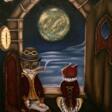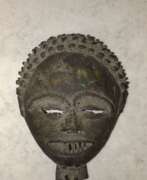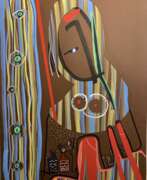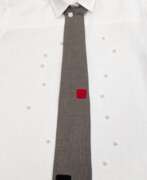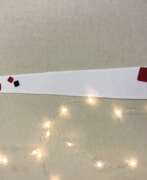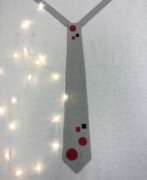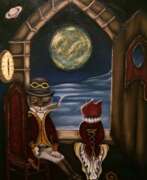Appliqué
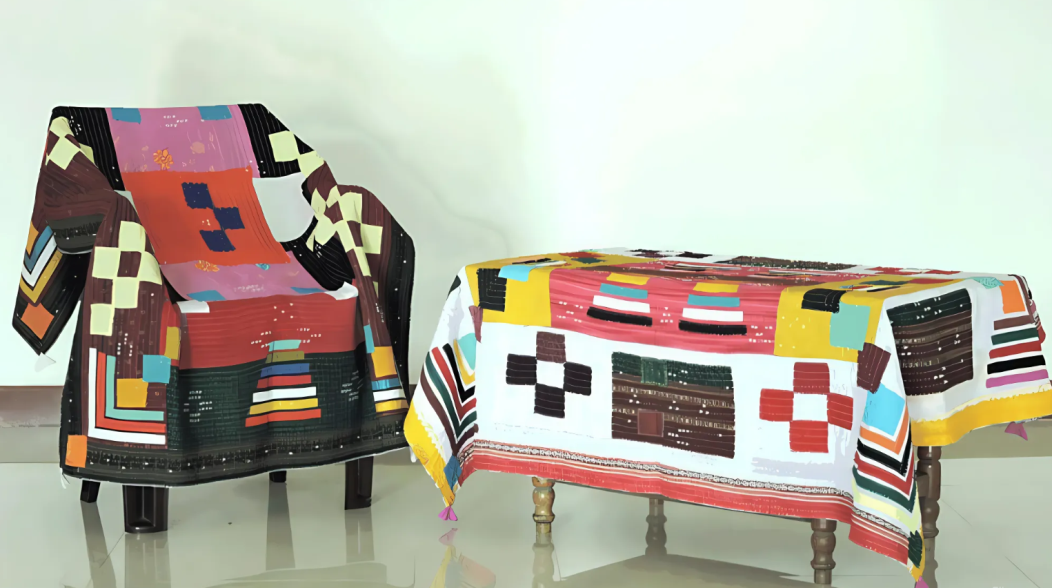
Appliqué
Appliqué is a decorative textile technique where smaller pieces of fabric are sewn or glued onto a larger base fabric to create patterns or pictures. This art form, derived from the French word "appliquer" meaning "to apply," has been practiced globally for centuries, initially serving practical purposes such as mending worn-out items before evolving into a creative art form.
Historically, appliqué dates back to ancient Egypt where it adorned clothing and household items. During the Middle Ages, it was used extensively for ecclesiastical garments and banners. The 18th and 19th centuries saw its prominence in American quilts and decorative arts. Notable pieces include Baltimore Album quilts and intricate designs found in museums like the DAR Museum in Washington, DC.
Appliqué techniques are versatile, involving various methods like hand stitching, machine stitching, and even gluing. The raw edges of the appliqué pieces can either be left exposed for a rustic look or neatly turned under for a polished finish. This flexibility allows artists to experiment with textures and layers, creating depth and dimension in their works. Contemporary artists continue to push the boundaries of appliqué, integrating it into modern art and fashion.
To stay updated on new appliqué artworks and auction events, sign up for our newsletter. You'll receive notifications about the latest sales and opportunities to expand your collection.
| Country: | Africa, Ancient Egypt, Asia, Europe, South America, South-Eastern Asia |
|---|---|
| Start of the period: | VII century BC |
